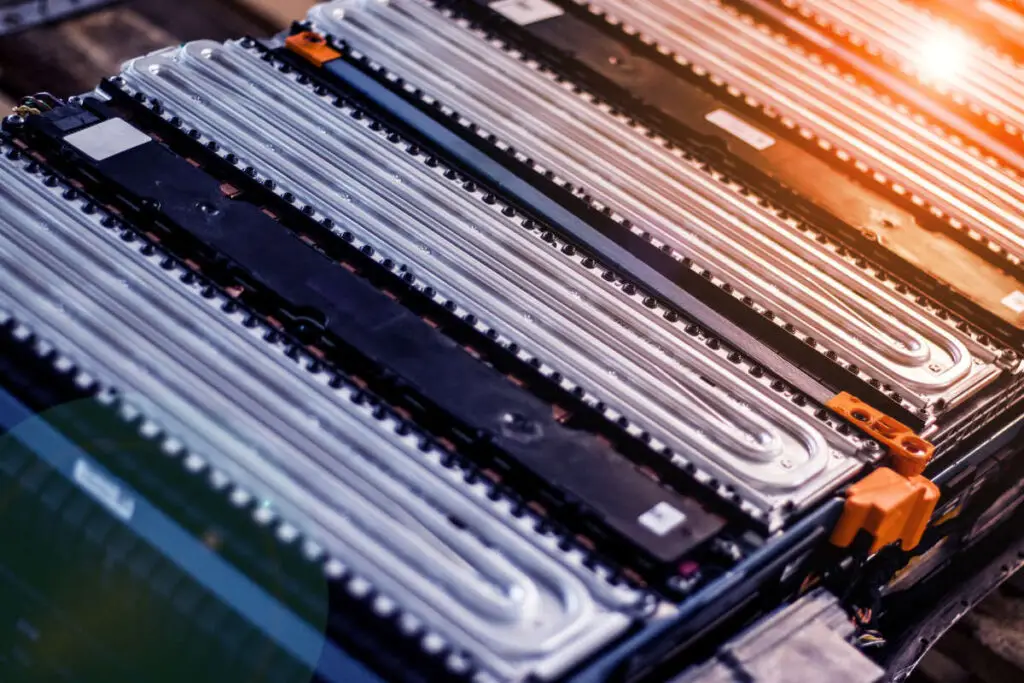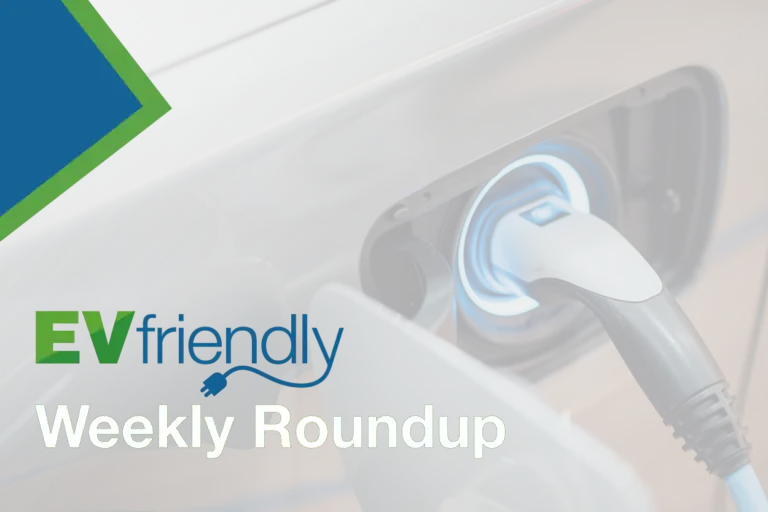Repairing or Replacing an EV Battery
According to consumer reports, battery life is the number one concern for owners of electric vehicles, or those considering purchasing an EV. Uncertainty about the life expectancy of a battery is a common barrier to purchasing an EV. And, not surprisingly, replacing a battery is the single biggest expense for EV owners, if it is no longer covered by the manufacturer’s warranty.
Most automakers provide an 8- to 10-year, or 160,000 kilometre warranty period on their batteries. But an EV battery can outlast the manufacturer’s warranty period by up to 20 years.
All batteries lose capacity and performance over time. Battery degradation is a natural process that permanently reduces the amount of energy a battery can store, or the amount of power it can deliver. A battery will also degrade when it is parked over long periods of time and not used. Common factors affecting Lithium-ion battery health:
a) Time (calendar aging)
b) High temperatures
c) Thermal expansion and contraction due to temperature fluctuations
d) Operating at high and low state of charge (time spent at high or low state of charge)
e) High current charging
f) Charge and discharge cycles
A battery’s state of health (SOH) report is a useful way to demonstrate its potential usefulness in an EV. Special software is used to extract this data. The report describes the overall condition of a battery – not its current charge – and shows how much longer the customer can expect it to last before it will need to be replaced.
For example, a vehicle that has a range of, say, 100km on a fully-charged, brand new battery could reasonably expect a range of 50km if it was 50% charged. However, after several years, the capacity of the battery when fully charged may only be 80% of what it used to be. An indication of 50% charge would now only result in a 40km range.
After the battery SOH has dropped below 75-80% capacity, it can be refurbished (remanufactured), recycled into a new battery, or given a second life as secondary power storage in other applications. However, it is also possible that a battery can be repaired by replacing weak or defective cells or components. While battery repair is still in its infancy, individual cells or modules can be replaced without having to dispose of the whole battery. Battery repair is as old as batteries. Never attempt to replace or repair an EV battery on your own. Battery repair or replacement may only be carried out by a qualified professional.






